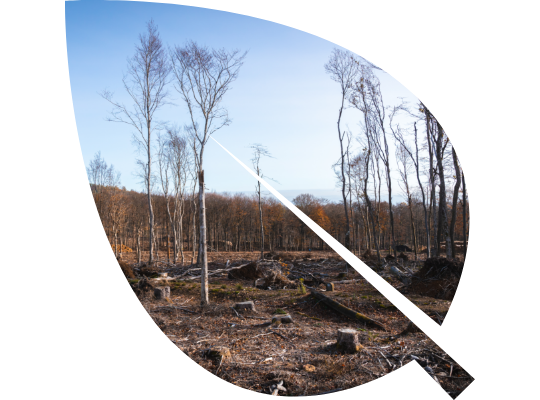The projected warmer temperatures, drier summers, and increase in frequency of extreme drought and heatwave events will increase water stress in trees, with the largest risk of drought in southern England.
Drought can lead to reduced tree growth, crown dieback and tree mortality. Secondary impacts include increase risk of windthrow, wildfire, pest and disease outbreaks.
The risk of drought needs to be assessed, and adaptation measures put in place to help manage these risks. Research and ongoing monitoring can help better understand the risk and impacts of drought on different tree species, provenances and sites.
Drought risk research is underway at Forest Research, including through the PRAFOR project and the FORWaRD project. Our new ‘Behind The Scenes – Informing Drought Guidance’ video provides an insight into the current drought work taking place at Forest Research to better understand the impact of drought on forest growth and help improve guidance, including dendrochronology and climate modelling.
Risk of drought is likely to be reduced using the following adaptation measures:

Find out how drought risk influenced which adaptation measures to adopt and changes to operations, silvicultural systems and species choice.
Forest Research’s ESC decision support tool can be used to indicate the suitability of a site for a range of tree species, now and into the future. ESC considers the tree species’ response to average climate conditions of temperature, moisture deficit (the accumulative difference between rainfall and evapotranspiration) and the site’s soil nutrient status and water-retention properties (soil moisture regime). ESC does not yet include an assessment of the impact of possible extreme weather events, such as periods of drought, on different species.